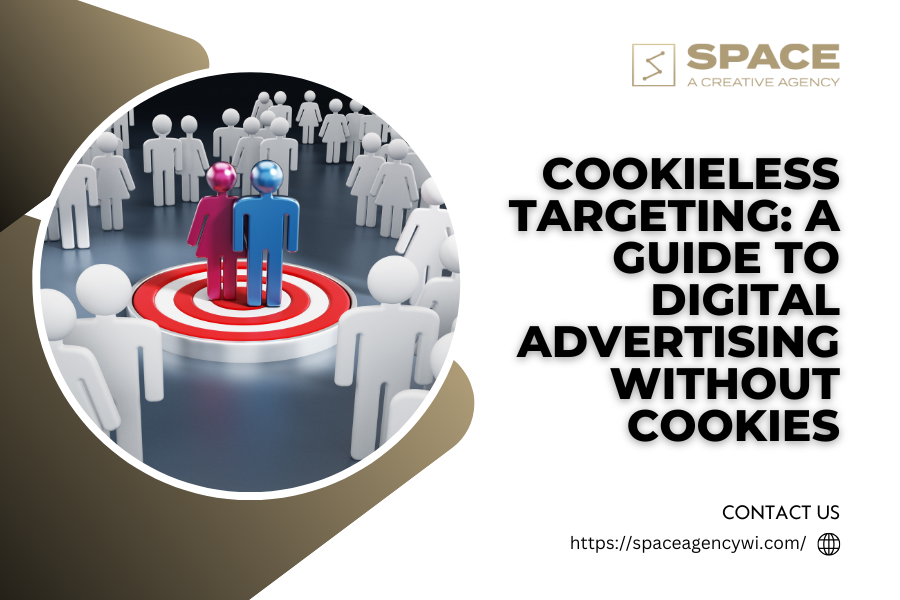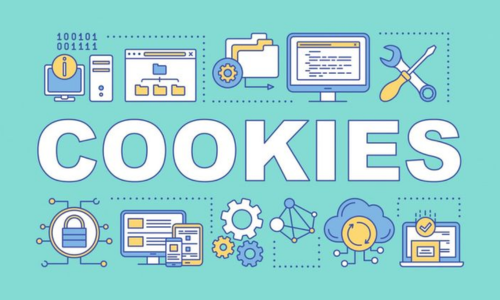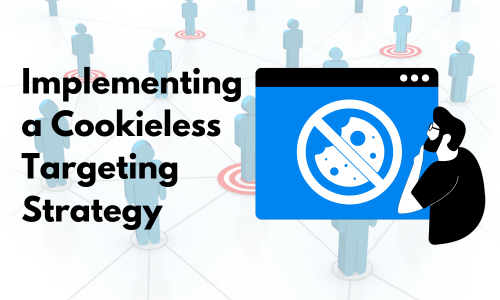In today’s rapidly evolving digital landscape, cookieless targeting has emerged as a vital strategy for marketers aiming to reach their audiences effectively while adhering to privacy regulations. With increasing scrutiny over data privacy and the phasing out of third-party cookies by major browsers, understanding how to navigate advertising without cookies is crucial for businesses. This guide from SPACE CREATIVE AGENCY will explore the concept of cookieless targeting, its significance, strategies, and how brands can successfully implement it.
Understanding Cookieless Targeting
What Are Cookies?
Cookies are small data files stored on a user’s device that track their online behavior. Traditionally, marketers have relied on third-party cookies to gather data about users’ browsing habits and preferences. This information enables targeted advertising, helping brands deliver personalized experiences.
The Shift Towards Cookieless Solutions
The digital advertising landscape is undergoing a significant transformation due to increased concerns over data privacy. In response to regulations like the General Data Protection Regulation (GDPR) and the California Consumer Privacy Act (CCPA), as well as public sentiment against intrusive tracking, major browsers such as Google Chrome and Safari have announced plans to phase out third-party cookies. This shift necessitates the adoption of cookieless targeting strategies to ensure brands can continue reaching their desired audiences effectively.
Why Cookieless Targeting Matters
The Benefits of Cookieless Targeting
- Enhanced Privacy Compliance: As data protection laws become stricter, cookieless targeting allows businesses to operate within legal frameworks, fostering consumer trust.
- Improved User Experience: By minimizing invasive tracking practices, brands can create more meaningful interactions with their audiences, leading to better engagement and loyalty.
- Adaptability: Implementing cookieless strategies prepares businesses for future changes in digital marketing, ensuring they remain competitive in a rapidly evolving landscape.
Key Challenges
While the transition to cookieless targeting presents numerous benefits, it also poses challenges:
- Data Limitations: Without cookies, gathering detailed user data can be more challenging, impacting the ability to deliver personalized experiences.
- Measurement and Analytics: Tracking the effectiveness of campaigns can become more complex without the insights that cookies traditionally provide.
Strategies for Effective Cookieless Targeting
1. First-Party Data Utilization
One of the most effective ways to implement cookieless targeting is by leveraging first-party data. This data is collected directly from users through interactions on your website or app, such as sign-ups, purchases, and surveys. First-party data is more reliable and compliant with privacy regulations.
2. Contextual Targeting
Contextual targeting involves placing ads based on the content of the webpage rather than relying on user data. By analyzing the context of the content, brands can deliver relevant ads to users, enhancing the likelihood of engagement.
| Aspect | Contextual Targeting | Behavioral Targeting |
|---|---|---|
| Definition | Ads are placed based on the content of the webpage. | Ads are placed based on individual user behavior. |
| Data Usage | Does not rely on personal data; analyzes page content. | Relies on user data collected through cookies. |
| Privacy Compliance | Generally more privacy-friendly and compliant. | This may raise privacy concerns due to tracking practices. |
| User Experience | Provides relevant ads based on immediate context. | Aims to personalize ads but can feel intrusive. |
| Example | Ads for hiking gear on an outdoor blog. | Ads for hiking gear based on past visits to similar sites. |
3. Invest in Customer Relationships
Building strong relationships with customers can yield valuable insights. Engage with your audience through surveys, feedback forms, and direct interactions. By understanding their preferences and interests, you can tailor your marketing efforts without needing third-party cookies.
4. Use Identity Solutions
Identity solutions help marketers connect with users across different devices without relying on cookies. Solutions such as unified customer profiles or identity resolution platforms allow brands to track user interactions while respecting their privacy.
5. Embrace Programmatic Advertising
Programmatic advertising has evolved to accommodate cookieless environments. Utilizing platforms that focus on real-time bidding and contextual targeting can help you reach your audience effectively. These platforms often employ advanced algorithms to optimize ad placements based on context rather than user data.
Implementing a Cookieless Strategy
Steps to Transition to Cookieless Targeting
- Assess Your Current Data Practices: Evaluate how your brand collects and utilizes data. Identify areas where you can transition to first-party data.
- Invest in Technology: Explore tools and platforms that support cookieless targeting strategies, including those focused on contextual advertising and identity resolution.
- Educate Your Team: Ensure your marketing team understands the implications of cookieless targeting and is equipped to implement new strategies effectively.
- Test and Optimize: Experiment with different targeting methods and monitor their effectiveness. Continuously optimize your approach based on performance data.
Bullet Points on Best Practices for Cookieless Targeting
- Prioritize first-party data collection and management.
- Invest in customer relationship management (CRM) tools to enhance engagement.
- Utilize contextual targeting for ad placements.
- Explore identity solutions for tracking user interactions.
- Stay informed about evolving privacy regulations and their implications for advertising.
Conclusion
As the digital advertising landscape continues to evolve, embracing cookieless targeting is essential for brands seeking to navigate this shift effectively. By prioritizing privacy, leveraging first-party data, and adopting innovative strategies, businesses can maintain their ability to reach and engage audiences.
At SPACE CREATIVE AGENCY, we specialize in helping brands adapt to the changing digital environment. Our team can guide you through the complexities of cookieless targeting and ensure your marketing strategies remain effective and compliant.
Contact Us
If you’re ready to explore how cookieless targeting can benefit your business, reach out to us today!
Phone: 608-217-8434
Let’s work together to create a data-driven advertising strategy that prioritizes privacy while delivering exceptional results!



